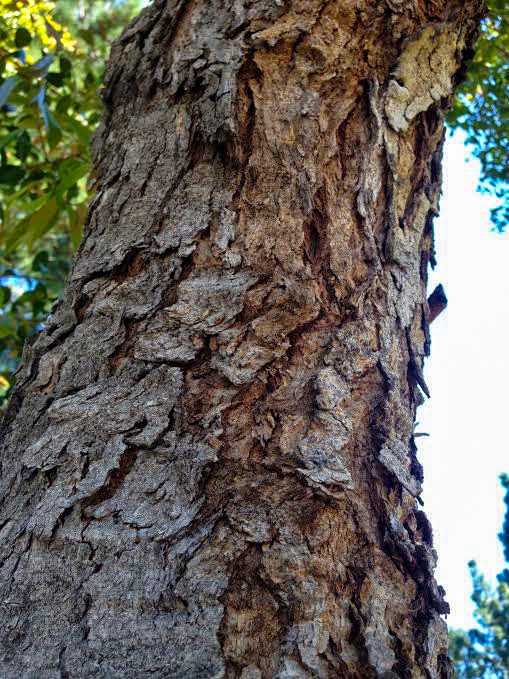1. What was The Photo League's credo?
The Photo League's credo was that the camera has a potential to change the world; it's more than a device for taking pictures.
2. What organization did The Photo League separate from?
The Photo League separated from an organization called The Film and Photo League. This organization mainly took pictures of class conflict and labor unrest.
3. What was the workshop?
The workshop was the organization's principal focus, and it was open to anyone with a working camera and a five dollar tuition.
4. Who taught "the workshop?"
Sid Grossman taught "the workshop."
5. If you were to devote one year of your life to one project, what project is worth your time and energy?
I would devote my time and energy to capture the moments of the world's unique cultures. Then, I would publish them to let the world see each countries's special cultures.
6. What was The Harlem Document?
The Harlem Document was a portrait of black, urban America and the people, culture, and lifestyles of Harlem during the 1930s.
7. Who started The Harlem Document?
Aaron Siskind started the Harlem Document.
8. A photographer discusses a photograph where "the children looked like they came out of a __________ painting. Who was the painter?
The painter was Caravaggio.
9. Why did the photograph mentioned in #8 look like it was by the painter?
Caravaggio's paintings were known for having intensely dark and somber backgrounds. He also extended the action of composition beyond the picture plane and into the viewer's space. Caravaggio was known for the intense detail in his paintings.
10. Who was Lewis Hine? (name two significant contributions)
Lewis Hine was a photographer and a sociologist. He took pictures of child labor, which helped change child labor laws. He also took pictures of the drought relief in the American South.
11. Who was Weegee?
Weegee is a nickname for a man called Arthur Fellig. He was known for his stark black and white street photography. He took photos of mostly crime, murder, and death in New York City.
12. How did The League change when The Nazis took power?
Many talented refugees escaped Europe to avoid Nazi rule. They began to take part in The Photo League, but they were seen as "alien," which caused problems.
13. How did The League change during WWII?
The Photo League began to move away from photographing impoverished neighborhoods in New York City and also from the realist side of documentary photography. It reduced the number of photographs that were taken of class and the daily struggles of workers.
14. How did Siskind change after WWII?
He turned away from the social and political world after WWII. Instead, he looked inward to seek meaning in the many insentient forms that he observed around him.
15. What was the Saturday Evening post?
The Saturday Evening post was a magazine that was first published twice per month. In then started publishing weekly in 1897-1963, and then biweekly until 1969.
16. Who was Barbara Morgan? What did she photograph?
Barbara Morgan was a photographer that mainly took pictures of modern dancers. She was the co-founder of the photography magazine Aperture.
17. What eventually undermined the Photo League?
Many of the members of the Photo League were strong believers in progressive social and political causes. However, The FBI accused this of being communist and "subversive and anti-American". The Photo League was placed on the U.S. Department of Justice blacklist by Attorney General Tom C. Clark.
18. What was the "Growing Menace" mentioned in the film?
The "growing menace" refers to fascism in Europe and of Japanese imperialist conquest in Asia.
19. Who agreed to serve as President when The League was under investigation?
W. Eugene Smith agreed to serve President when The League was under investigation.
20. What happened to the league?
In May 1949, FBI informer Angela Calomiris testified that the Photo League was an organization that supported the Communist Party. Recruitment slowed down and many old members left. The League disbanded in 1951.










































